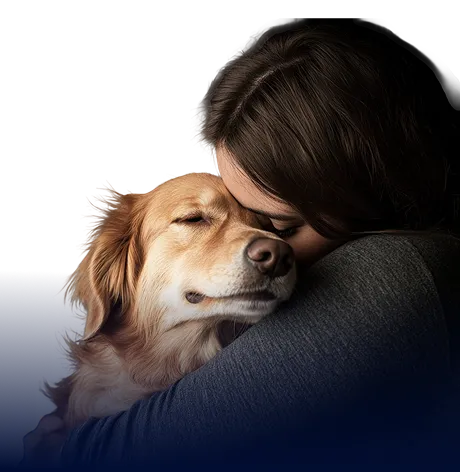For the Purrbabies


Explore how to ride the elevator with your pet respectfully and safely in shared communities.

Elevators are a luxury in many apartments (especially in super tall buildings with lots of floors), yet they can sometimes be tricky to navigate with pets. Much like the mail room or any lounge spaces, elevators are common areas in apartments and should be treated with respect by all tenants. That’s why it’s great to understand how pets can be on their best behavior when riding them whether the ride is just with you or with neighbors as well.
If your apartment complex has specific rules for elevator behavior, then we advise you to follow them. This can include things like whether dogs need a muzzle, a weight limit for pets, or other restrictions. Beyond those rules that are posted, there are also unspoken rules like:
No matter your pet’s size, they should be trained. Sometimes, though, people who have smaller dogs or young puppies may think their size and age preclude them from that. When on an elevator, it’s necessary for all pets to be well-trained and if not, owners should pick them up.
Why exactly?
Well, elevators are enclosed spaces that don’t have an easy exit when in between floors. Pets that might not be great elevator riders should be positioned in a way that they don’t disturb others. Plus, small pets can get easily lost in a crowded elevator, and you don’t want to lose sight of your pet for safety reasons.
Elevators are small, but that doesn’t mean you can let your guard down and stop paying attention to your pet. From a machine safety perspective, elevator doors don’t always register movement or something blocking its way. In those cases, the doors could close on your pet or their leash.
When it comes to other pets in the elevator, you’ll want to keep your pet close to ensure their safety, especially if it's an unfamiliar dog you’re sharing the space with. Plus, some tenants don’t want your dog sniffing around them, so leash up (no retractable leashes, please), and have your dog sit at your feet for everyone’s comfort and safety.
Calmness is a virtue when using an elevator with a pet. It can be startling given the movement and noise of the machinery, so to get your pet acquainted with elevators, practice getting in and out of them until your pet gets used to it. Rewards and other positive reinforcement measures can make the process go more smoothly. There are a few ways of helping your pet stay calm like:
👉We recommend speaking to a vet before giving your pets any supplements.
“CBD supplements are still not totally proven harmless or helpful and there are no true medical or scientific measurements as to dosing levels, everything out there seems to be anecdotal, no matter what manufacturer labels on the non regulated supplements say. Always use caution, start "low and slow" to make sure no adverse effects.Remember all CBD products can contain THC, the more toxic substance known in these products but at supposed lower levels.” -Dr. Bruce Armstrong
🚨The odds of getting stuck in an elevator are low—the likelihood of around 1 in every 100,000 rides—but they can still happen. It’s important for you to stay calm so that your pet stays calm. Just like if you were alone, press the elevator call button that will connect you to a technician or the fire department. Don’t try to pry the doors open yourself. Wait for help.
Pets have accidents, and sometimes that simply can’t be helped. Elevators are considered common areas in apartment complexes, which means if your pet has an accident in or around one, it's your job to clean it up promptly. That’s where poop bags come in handy, or towels to mop up any wet messes. Some apartments nowadays have clean up stations positioned around the property, so be on the lookout for those as well.
When in doubt, wait for another elevator or use the stairs. It’s important to follow your gut instincts—waiting a few extra minutes won’t hurt anyone, but forcing yourself into a situation you or your pet isn’t comfortable with could. Using elevators with a pet doesn’t have to be scary, all it requires is extra vigilance and consideration.
Exposure is a good place to start. Take your dog around the sights and sounds of an elevator before taking them on. From there, increase your proximity to the elevator and then start riding it if your dog is progressing well. Don’t force your pet into an elevator ride, instead encourage them with positive reinforcement and more than likely they’ll be riding the elevator like a champ in no time.
They’re as safe for cats as they are for dogs, which means they do pose risks. Since cats have different temperaments than dogs, we recommend having your cat in a carrier when using the elevator and not just in your arms or on a leash.
Many reasons, potentially. Elevators are loud and might smell strange due to all of the metal and gears that make it move. Plus it's a tight, enclosed space and when paired with other people and animals, it can feel small very fast.








